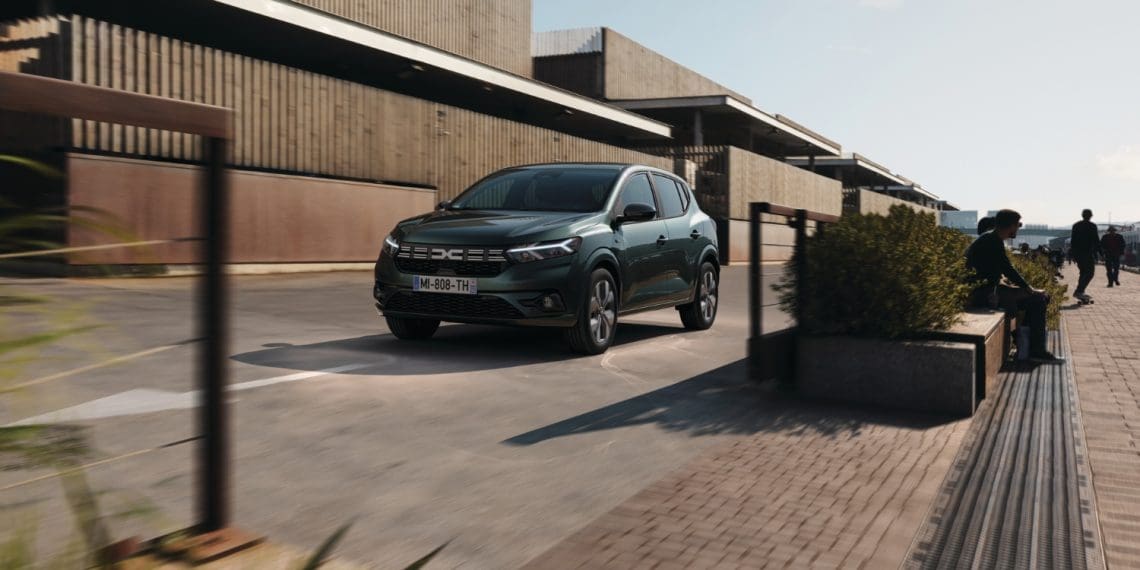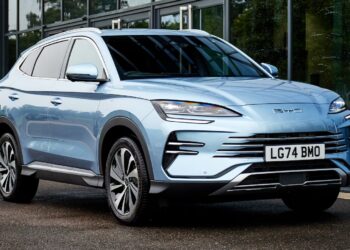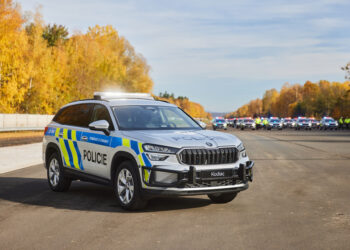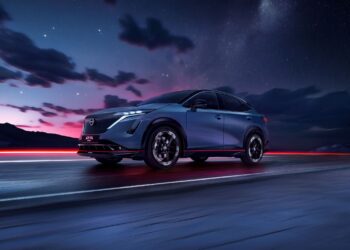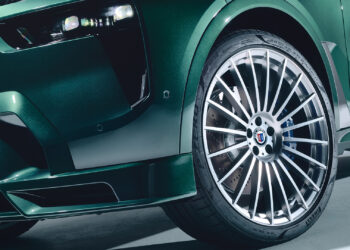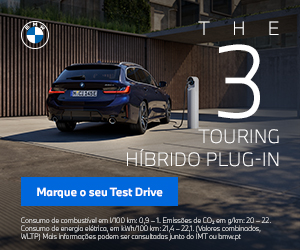The Sandero is Dacia’s best-seller in Europe and a highly successful model that is on the verge of a refresh, especially since the brand has already announced that the new generation of its popular model will arrive in two years.
Little is known about the new generation of the Sandero, which is expected to utilize the CMF-B architecture from the Renault Group, allowing it to maintain combustion engines while also potentially offering an electric option.
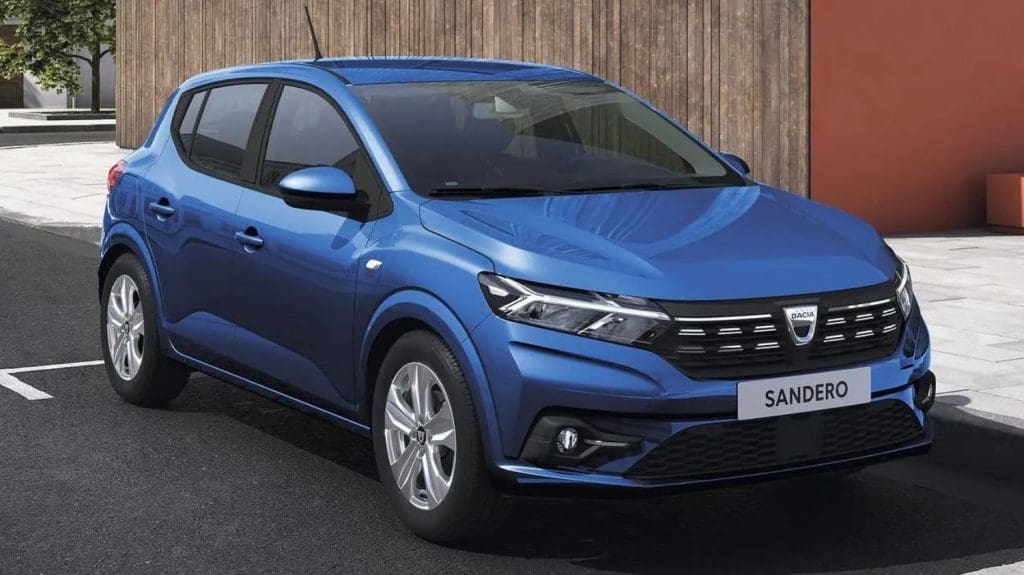
However, David Durand, head of design at Dacia, revealed in an interview with “Autocar” during the recent Brussels Motor Show that, despite the brand’s design language being increasingly influenced by off-road aesthetics, there are no plans for Dacia to become a purely SUV brand, and thus the new generation of the Sandero will not follow the trend of “fashionable” models.
“It’s not so easy to innovate in all types of body styles, and the Sandero is very well-known to customers, and that’s what they need: a car that has a lot of space, which is really part of Dacia’s DNA, and is compact at the same time. This way, it’s easy to park, easy to drive, not too heavy, and doesn’t have very high fuel consumption. Therefore, a hatchback like the Sandero is the best solution,” said David Durand.
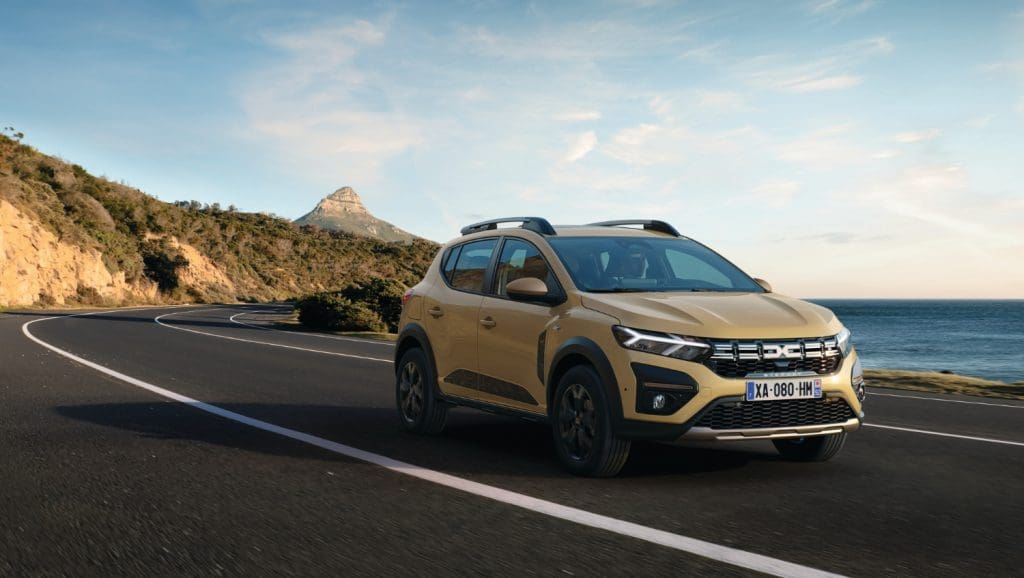
Despite the success that Dacia has experienced with the Stepway version of the Sandero, a variant quite similar to a crossover, the brand does not seem willing to create a greater distinction between the two versions. “It was possible to have a Stepway version that was more differentiated from the normal variant, but the fact that we use many common parts between the two models and that we use the same platform is also part of the ingredients for keeping costs low. We could say ‘okay, we will make two different cars’, but we would have to increase the investment, and in the end, customers would have to pay for that.”, added David Durand.
As for the bet on a brand new 100% electric version of the Sandero, since the model currently only comes with combustion engine options, everything points to it becoming a reality.
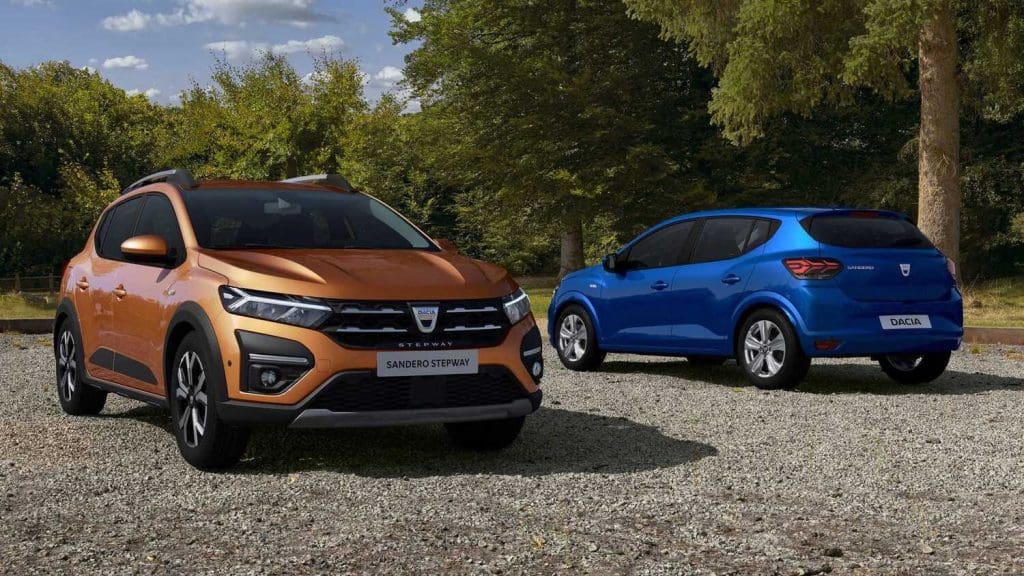
David Durand did not confirm whether the future generation of the Sandero will have hybrid engines, as is the case with the Jogger, Duster, and more recently the new Bigster, but he did mention that a 100% electric variant will not be very different from the other versions in terms of design. “I think an EV can just be another engine option. Just because it’s a fully electric model doesn’t mean it needs a special design.”
This suggests that the new generation of the Sandero, set to arrive in 2027, will continue the pragmatic philosophy that Dacia has already accustomed its customers to, meaning it will not lose sight of the essentials and will aim to make the new car accessible to as many people as possible.

